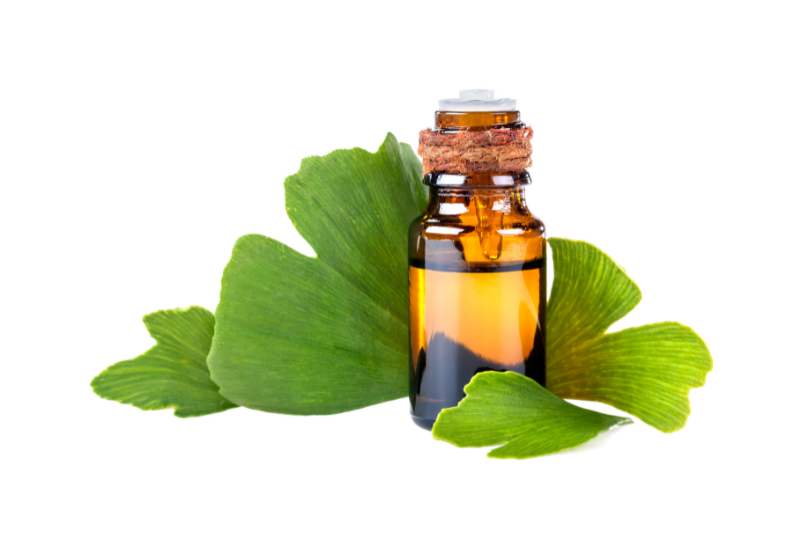Select package:






Cedarwood Oil
Botanical origin of essential Cedarwood Oil:
The Atlas cedar (Cedrus atlantica) belongs to the genus Cedrus in the pine family (Pinaceae), order Coniferales. Native to the Atlas and Rif Mountains in North Africa, it grows up to 40 meters high with trunks reaching 2 meters in diameter. Young trees have a conical crown, which becomes irregular with age. The bark is smooth and gray when young, dark gray to black and fissured when mature. The bluish-green needles are 1.5–2.5 cm long and bundled in groups of 10–30. The tree is monoecious, with female cones maturing over two to three years to 5–7 cm long and 4 cm wide, releasing seeds upon disintegration.
Manufacturing process:
Essential Cedarwood Oil is produced by steam distillation of the wood from the Atlas cedar. Hot steam carries the volatile components, and the oil separates upon cooling due to immiscibility with water.
Medicinal use, phytotherapy:
Essential Cedarwood Oil is said to have several health benefits. The ancient Egyptians used it for embalming to prevent decay. Rediscovered in the 19th century, it's now applied topically via compresses, rubs, oil baths, or massages.
In aromatherapy:
Essential Cedarwood Oil is used in aroma lamps, massage oils, and oil baths.
Use in cosmetics:
Essential Cedarwood Oil is used in perfumes for woody, warm, and fresh notes (e.g., wood, amber, mimosa, and fern accords). It's often used in soaps and similar products. As a fragrance fixative, it blends well with basil, bergamot, geranium, jasmine, lavender, neroli, palmarosa, rose, rosemary, and juniper.

LEGAL NOTICE
The products and information listed here are intended for professional use only. This information refers to the products in general. These are not medicines or remedies and should not be understood as such. Our statements do not contain any promises of healing or effectiveness. If you experience any health problems and/or illnesses, please consult a physician.
Furthermore, these products are not a substitute for a balanced and varied diet or a healthy lifestyle. Discontinue use immediately in case of intolerance and consult a doctor if symptoms persist. Keep out of reach of children.

 De
De
 En
En









